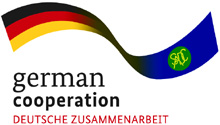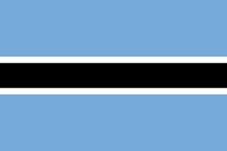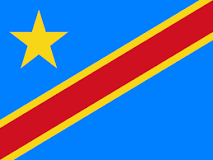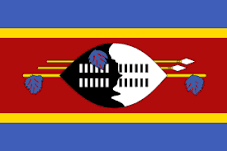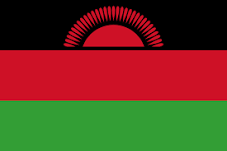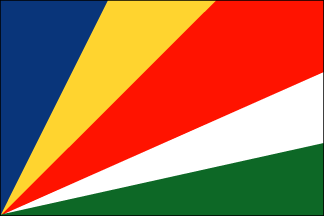Zambia

Zambia is an entirely landlocked country covering an area of 752,612 km². To the north it is bordered by the Democratic Republic of Congo and the United Republic of Tanzania, to the west by Angola, to the south west by Namibia, to the east by Malawi and Mozambique, and to the south by Zimbabwe and Botswana. Zambia sits on a gently undulating plateau, which is between 900 and 1,500 m above sea level. This plateau is a mix of woodland and savannah regions interspersed with lakes, rivers, hills, swamps and lush plains.
There are four main classes of farmers in Zambia:
- Resource-poor traditional subsistence farmers who cultivate on small pieces of land
- Small scale / emergent who are semi-commercial in their operations
- Medium scale commercial
- Large scale commercial farmers
The farming systems are different according to the agro-ecological regions and the other livelihood activities available. The Government or Parastatals are no longer involved in farming. There are some NGOs involved in promoting young farmer programmes.
The main livestock species breed in Zambia (in accordance with the head size) are cows, goats and sheep with an estimated total herd of just under 4 million in 2005. The poultry industry was about 44 million birds in 2005. The main crops grown are maize, cassava, cotton, wheat, groundnuts, soybeans, millet, mixed beans and sorghum. Tobacco also experienced significant increases in production.











